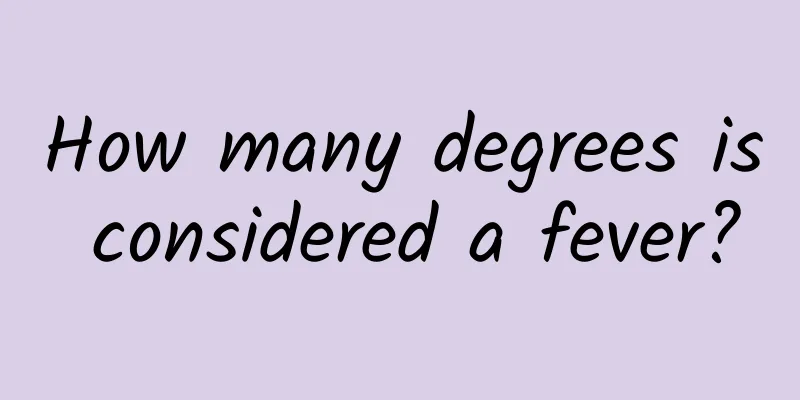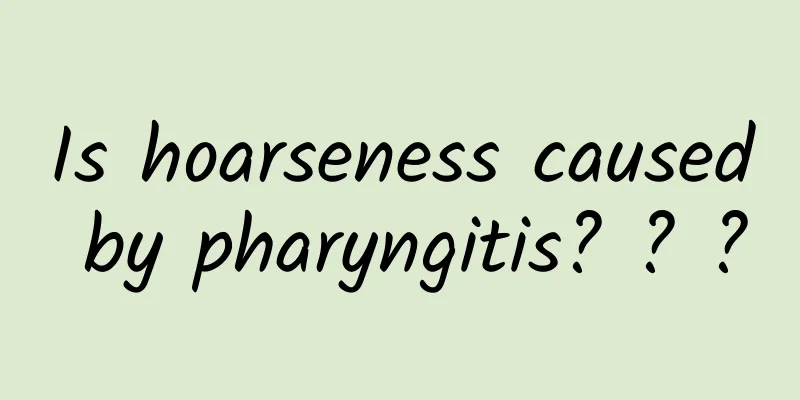What to do if you have acid burps

|
Many people burp after eating or due to some other physiological reasons. Of course, if there is a disease, hiccups will be accompanied by many other symptoms. For example, if there is acid when you burp, it is a symptom of gastroesophageal reflux. If this problem occurs, early treatment is recommended to prevent the condition from further deteriorating and causing greater pain and inconvenience to the patient. 1. General treatment In order to reduce supine and nocturnal reflux, the foot of the bed at the head end can be raised 15-20cm to the degree that the patient feels comfortable. Reflux is easy to occur after meals, so it is not advisable to eat before going to bed, and it is not advisable to lie in bed immediately after eating during the day. Pay attention to reducing the factors that generally affect increased abdominal pressure, such as obesity, constipation, tight belts, etc. Foods that lower LES pressure should be avoided, such as high fat, chocolate, coffee, strong tea, etc. Quit smoking and drinking. Avoid the use of drugs that lower LES pressure and delay gastric emptying. For example, some elderly people are prone to gastroesophageal reflux due to LES dysfunction. If they also have cardiovascular diseases, taking nitroglycerin preparations or calcium channel blockers may aggravate reflux symptoms and should be avoided appropriately. Some patients with bronchial asthma, if combined with gastroesophageal reflux, may aggravate or induce asthma symptoms. Try to avoid the use of theophylline and β2 receptor agonists, and add anti-reflux treatment. 2. Drug treatment (i) H2 receptor antagonists (H2RA) such as cimetidine, ranitidine, famotidine, etc. H2RA can reduce 24-hour gastric acid secretion by 50%-70%, but cannot effectively inhibit gastric acid secretion stimulated by food. Therefore, it is suitable for patients with mild and moderate symptoms. It can be used according to the conventional dosage for the treatment of peptic ulcer, but it should be taken in divided doses. Increasing the dosage can improve the efficacy, but it will increase adverse reactions. The course of treatment is 8-12 weeks. (ii) Prokinetic drugs: This type of drug increases LES pressure, improves esophageal motility, and promotes gastric emptying, thereby reducing esophageal reflux of gastric contents and reducing their exposure time in the esophagus. Although there are many types of drugs of this type, based on a large number of clinical research results, the drug currently recommended for the treatment of this disease is mainly cisapride. The efficacy of cisapride is similar to that of H2RA and is also suitable for patients with mild to moderate symptoms. The usual dosage is 5-15 mg each time, 3-4 times a day, and the course of treatment is 8-12 weeks. (3) Proton pump inhibitors (PPIs) include omeprazole, pantolazone, etc. This type of drug has a strong acid-suppressing effect, so it is more effective than H2RA or cisapride for this disease. It is particularly suitable for patients with severe symptoms and severe esophagitis. Generally, the conventional dosage for treating peptic ulcer is used, and the course of treatment is 8-12 weeks. For patients with poor therapeutic effect, the dose can be doubled or used together with cisapride. (IV) Antacids are only used to temporarily relieve symptoms in patients with mild symptoms and intermittent attacks. Gastroesophageal reflux disease has a tendency to chronically relapse. According to reports from Western countries, the relapse rate six months after discontinuation of medication is as high as 70%-80%. In order to reduce the recurrence of symptoms and prevent complications caused by repeated recurrence of esophagitis, it is necessary to consider maintenance treatment. Patients who relapse soon after stopping the medication and whose symptoms persist often require long-term maintenance treatment. Patients with complications of esophagitis such as esophageal ulcers, esophageal stenosis, and Barrett's esophagus definitely require long-term maintenance treatment. H2RA, cisapride, and PPI can all be used for maintenance treatment, among which PPI has the best effect. The dosage for maintenance therapy varies according to individual patients, and the optimal dosage is the lowest dose that is adjusted to the patient without symptoms.
3. Anti-reflux surgery Antireflux surgery is a variety of fundoplication procedures that aim to prevent the backflow of gastric contents into the esophagus. The indications for antireflux surgery are: ① Strict medical treatment is ineffective; ② Although medical treatment is effective, the patient cannot tolerate precipitant medication; ③ Recurrent esophageal stenosis after dilation treatment, especially in young people; ④ Confirmed severe respiratory disease caused by reflux. Except for item 4 which is an absolute indication, the rest have become relative indications due to the use of PII in recent years. Treatment of complications (I) Except for a very small number of severe fibrous strictures that require surgical resection, most strictures can be treated with endoscopic esophageal dilation. Long-term PPI maintenance therapy after dilation can prevent recurrence of stenosis, and reflux surgery may also be considered for young patients. (II) Barrett's esophagus Barrett's esophagus often occurs on the basis of severe esophagitis. Therefore, active drug treatment of the underlying disease is an important measure to prevent the occurrence and development of Barrett's esophagus. At this time, PPI treatment and long-term maintenance treatment must be used. Anti-reflux surgery can be considered if there is an indication. The risk of Barrett's esophagus developing esophageal adenocarcinoma is greatly increased. Although there are various reports on the elimination of Barrett's esophagus molecules, these have not been confirmed. Therefore, increased follow-up is currently the only way to prevent Barrett's esophagus from becoming cancerous. The key is to identify dysplasia at an early stage and to detect severe dysplasia. |
<<: Numbness at the tip of left ring finger
>>: Left pinky finger numbness
Recommend
6 symptoms that require colonoscopy
With the development of medical technology, most ...
How to practice Qigong? Training under guidance is more scientific
Most of the things that have been precipitated ar...
What is the lumbar spinal canal?
Anyone who has some common sense about the human ...
If a woman has this disease, she can only be cured by seeing a Chinese doctor.
Many gynecological patients often hesitate about ...
Can white cardamom be soaked in water?
Let me briefly tell you what white cardamom is. W...
Is rh negative blood hereditary?
RA is negative blood, which is often called panda...
Can I drink Shuanghuanglian when I have a cough?
When coughing, people will feel very uncomfortabl...
Chinese medicine prescription for bathing during confinement
The traditional way of confinement is that you ca...
How to turn black groin into white
The groin is a relatively important part of the h...
What are the medicinal effects of fennel?
Fennel is also called "valley fennel". ...
How to treat excessive oily body
Some friends find that their bodies often produce...
Can patients with myocardial ischemia have sex?
Patients with myocardial ischemia can have an app...
Child's buttocks blue
There are many versions of the explanation for th...
Palegyria
The main problem of pachygyria is that the brain ...
The difference between big triple positive and small triple positive
When it comes to hepatitis B, I believe many peop...









